|
NAZI APPROVED ART
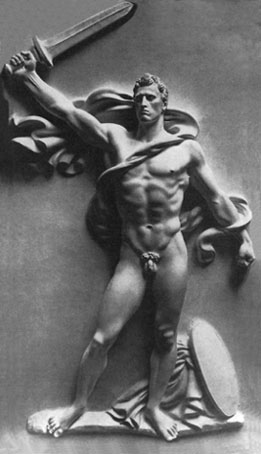 SCULPTURE
SCULPTURE
Sculpture expressed the National Socialist obsession with the ideal body and espoused nationalistic, state approved values like loyalty, work, and family. Josef Thorak and Arno Breker were the most famous sculptors of the Nazi regime. Sculpture was also used increasingly with Architecture to embody the "German Spirit" of divine destiny. Some of the best examples of sculptures made for Hitler are in front of the Olympic stadium.
ARCHITECTURE
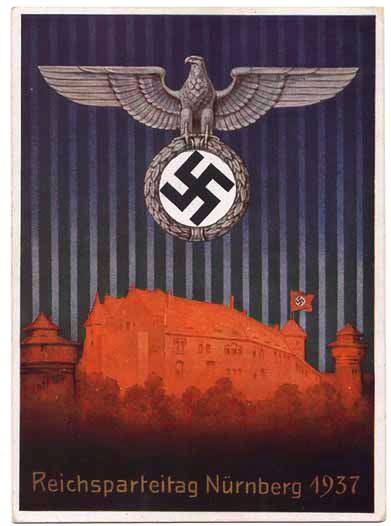 Architecture was Hitler's favorite art form. He viewed himself as the "master builder of the Third Reich." Among the surviving examples of Nazi architecture is the Olympic stadium complex in Berlin.
Architecture was Hitler's favorite art form. He viewed himself as the "master builder of the Third Reich." Among the surviving examples of Nazi architecture is the Olympic stadium complex in Berlin.
The Olympic games had been scheduled before Hitler came to power in 1933. He saw this event as a unique opportunity to play host to the world and to show Germany as a force to be reckoned with. He wanted Germany to be portrayed in the best possible light and removed all antisemitic slogans that had defaced the walls of public buildings. The stadium was built as a huge assembly place for hundreds of thousands of people to celebrate Nazi rituals. The art that accompanied this colossal building was no less magnificent.
MUSIC
Hitler was decidedly against any music that did not have the Teutonic overtones of Wagner and Bruckner. State sanctioned music had to sound German.
Richard Wagner (1818-1883) was Hitler's favorite composer. During World War I, it is reported, he carried Wagner's music from Tristan in his knapsack. Often Hitler had Wagner's music performed at party rallies and functions. Wagner's music was uncompromisingly serious, and intensely Teutonic.
Most musicians and composers who lived during the Third Reich were less fortunate in their ability to please the Führer. For many musicians, survival meant compromise.
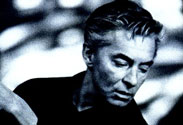 Herbert von Karajan (1908-1989), a wealthy gifted musician and conductor, was the youngest director of an opera company in Germany in the 1930s. In order to obtain better conducting positions, Karajan joined the Nazi party where it was rumored he bought some of his appointments. After the war he was banned from conducting until 1948. He became the permanent director of the Berlin Philharmonic Orchestra in 1958 and was considered one of Europe's most popular conductors.
Herbert von Karajan (1908-1989), a wealthy gifted musician and conductor, was the youngest director of an opera company in Germany in the 1930s. In order to obtain better conducting positions, Karajan joined the Nazi party where it was rumored he bought some of his appointments. After the war he was banned from conducting until 1948. He became the permanent director of the Berlin Philharmonic Orchestra in 1958 and was considered one of Europe's most popular conductors.
Clemens Krauss (1893-1984) was an accomplished opera conductor. He was a favorite of Hitler, though he was not a Party member. Krauss became a captive of Hitler's music ministry. Though he tried to be transferred to Vienna on numerous occasions, Hitler insisted that he work in Munich.
Richard Strauss (1864-1949) was appointed president of the Reichsmusikkammer (Reich Music Chamber) when Hitler came to power in 1933. Strauss accepted it as a way to get legislation passed which would benefit "serious" composers in a country he felt had become too commercial in its musical taste. His primary interest was purely musical, whether or not a person was Jewish was irrelevant to him. He regularly refused to fire Jewish musicians and continued to work with Jewish librettist, Stefan Zweig.

|
 SCULPTURE
SCULPTURE

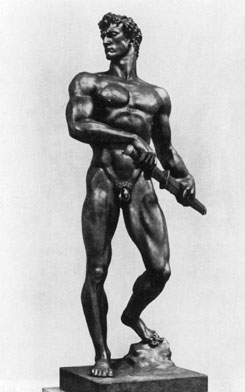

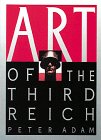
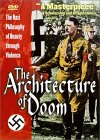


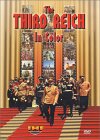


 View movies
View movies


